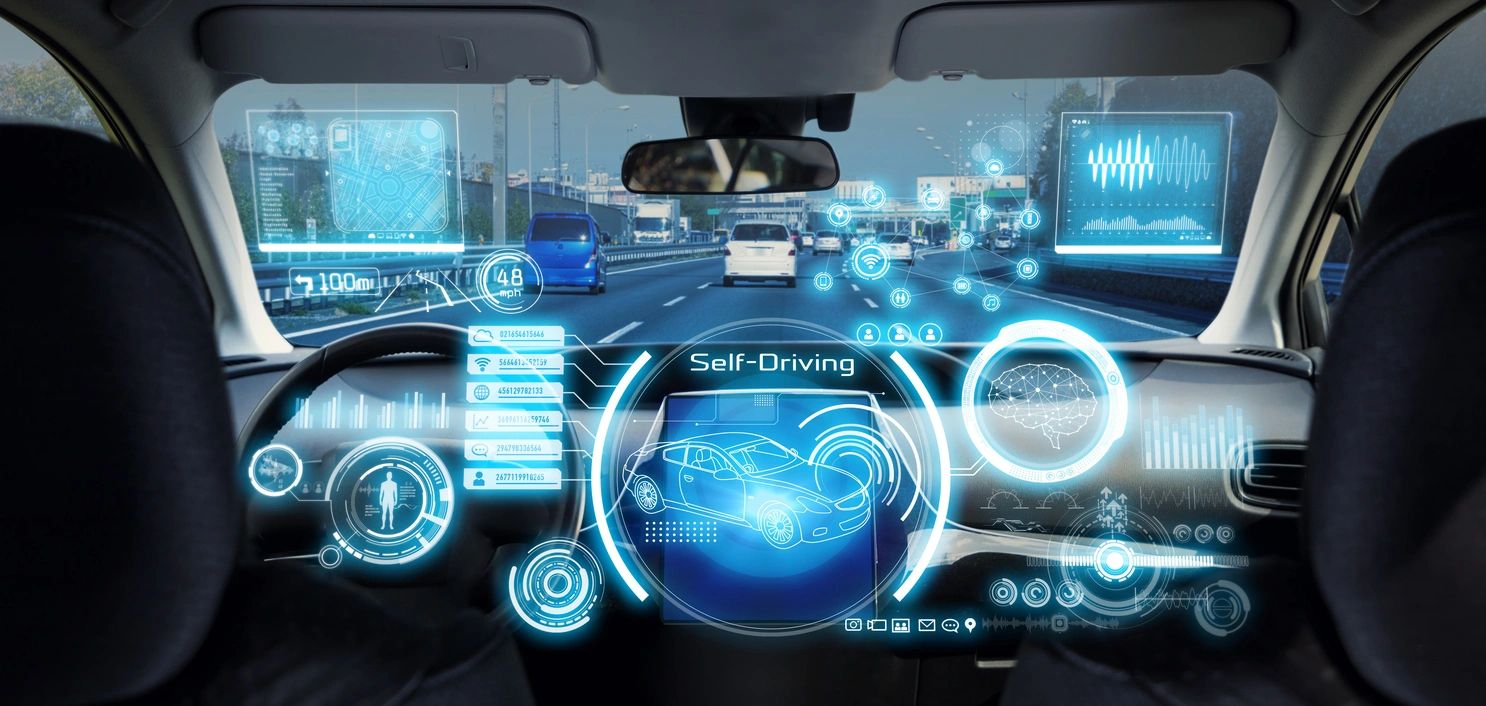
AI Trends and Future Predictions
Artificial Intelligence (AI) and Machine Learning (ML) have evolved from academic curiosities to essential drivers of innovation across industries. From healthcare to finance, AI and ML solutions are reshaping how we work, live, and interact. This post dives into key trends in AI and ML and offers insights into what the future may hold.
1. The Rise of Generative AI
Generative AI, which includes models like GPT and image-generation algorithms, is transforming content creation, design, and even coding. By learning patterns from vast datasets, these systems can produce text, images, music, and more with minimal human input.
- Content Creation: Businesses use AI-generated text for marketing, blogging, and social media.
- Design & Art: Artists experiment with AI-driven image generation to create unique digital artworks.
- Software Development: AI-assisted coding tools help developers write cleaner, more efficient code.
As generative AI models continue to improve, we can expect them to become even more sophisticated, producing outputs that closely mimic human creativity and reasoning.
2. Edge AI & On-Device Processing
Traditionally, AI computations happen in powerful cloud-based servers. However, the next wave focuses on bringing AI closer to where data is generated: devices like smartphones, IoT sensors, and embedded systems.
- Faster Response Times: Processing data on-device reduces latency and improves real-time performance.
- Data Privacy: Sensitive data stays local, minimizing the need to transmit information to the cloud.
- Energy Efficiency: Advances in low-power hardware enable complex AI tasks on battery-powered devices.
Edge AI will continue to expand, especially in sectors like autonomous vehicles, healthcare wearables, and smart home devices.
3. Reinforcement Learning & Autonomous Systems
Reinforcement learning (RL) teaches AI agents to make decisions through trial and error. This has led to breakthroughs in robotics, gaming (like AlphaGo), and autonomous vehicles.
- Robotics: RL helps robots learn tasks without being explicitly programmed.
- Transportation: Self-driving cars use RL to handle dynamic road conditions.
- Healthcare: AI systems can optimize treatment strategies by learning from real-world feedback.
Expect RL-based systems to become more robust, adapting to ever-changing environments and expanding into areas like personalized medicine and supply-chain management.
4. Explainable AI & Ethical Considerations
As AI becomes more integrated into our daily lives, transparency and ethics have gained importance. Explainable AI (XAI) aims to provide clarity on how AI models make decisions.
- Regulatory Compliance: Governments and organizations demand explainable models to ensure fairness and accountability.
- Trust & Adoption: Users are more likely to embrace AI when they understand how it works.
- Bias Mitigation: Transparent models help identify and reduce biases in data and algorithms.
Moving forward, ethical AI frameworks and regulations will shape the design and deployment of AI systems.
5. AI in Healthcare & Personalized Medicine
AI-driven solutions in healthcare promise faster diagnoses, personalized treatment plans, and improved patient outcomes. Machine learning algorithms analyze medical images, patient records, and even genetic data to offer precise recommendations.
- Early Disease Detection: AI can flag potential issues in scans with higher accuracy.
- Drug Discovery: Machine learning accelerates the identification of new therapeutic compounds.
- Telemedicine: AI chatbots and virtual assistants enhance patient engagement and monitoring.
This trend is set to grow as medical institutions and tech companies collaborate to refine AI-powered healthcare solutions.
6. Quantum Computing & AI Synergy
While quantum computing is still emerging, its potential to solve complex computations at unprecedented speeds could revolutionize AI. Quantum algorithms may dramatically accelerate model training and data analysis.
- Complex Problem Solving: Large-scale simulations, financial models, and cryptography could benefit.
- Accelerated Research: Faster computations can unlock new discoveries in physics, chemistry, and other fields.
- Long-Term Vision: Mainstream quantum computing is still years away, but R&D investments are growing rapidly.
Keep an eye on quantum computing breakthroughs—these advancements could reshape the very foundation of AI.
Conclusion: Shaping the Future
Artificial Intelligence and Machine Learning continue to evolve at breakneck speed, impacting every corner of modern life. From generative AI tools to breakthroughs in healthcare and robotics, the potential is vast and largely untapped. As we look ahead, the focus will be on creating more transparent, ethical, and powerful AI solutions that genuinely enhance our lives.
By staying informed about these trends and understanding the direction of AI and ML, we can prepare for a future where technology seamlessly integrates into our daily routines—ultimately making our world smarter, safer, and more connected.
What do you think about the future of AI? Share your thoughts, questions, or predictions in the comments below!
